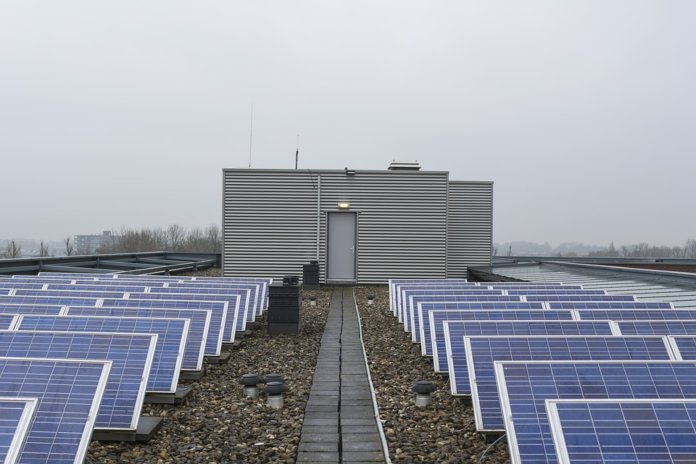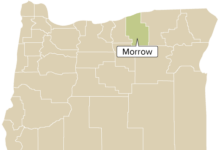The Federal Energy Regulatory Commission (FERC) has approved the first two orders implementing Order No. 841, a rulemaking aimed at breaking down market barriers to electricity storage, the commission says.
Enacted in February 2018, Order No. 841 addresses the participation of electric storage resources in the capacity, energy and ancillary service markets operated by organized wholesale power markets to more effectively integrate storage resources, enhance competition, and help ensure that those markets produce just and reasonable rates. The rule requires each organized power market to revise its tariff to establish a participation model consisting of market rules that recognize the physical and operational characteristics of electric storage resources and facilitate their participation in those markets.
“Electricity storage must be able to participate on an even playing field in the wholesale power markets that we regulate,” says Neil Chatterjee, FERC chairman. “Breaking down these market barriers encourages the innovation and technological advancements that are essential to the future of our grid.”
Today’s orders address the Order No. 841 compliance filings of Southwest Power Pool (SPP) and PJM Interconnection. FERC found that the two market operators generally complied with the rule, and therefore, it largely accepted their filings but provided additional directives for further action. The commission also initiated proceedings under Section 206 of the Federal Power Act to address the specific issue of minimum run-time requirements.
FERC found that both SPP’s and PJM’s proposals generally enable electric storage resources to provide all services they are capable of providing; allow electric storage resources to be compensated for those services in the same manner as other resources; and appropriately recognize the unique physical and operational characteristics of electric storage resources. FERC also directed both SPP and PJM to submit further compliance filings within 60 days.
Though FERC found that the tariffs for both market operators generally satisfy Order No. 841’s directive allowing electric storage resources to de-rate their capacity to meet minimum run-time requirements, FERC also found that neither market includes in its tariff minimum run-time requirements for resource adequacy and capacity.
Explaining that such requirements affect rates, terms and conditions of service, the commission instituted 206 proceedings and directed SPP and PJM to submit tariff provisions reflecting their rules and practices regarding resource adequacy minimum run-time requirements and capacity minimum run-time requirements, respectively, for all resource types. SPP and PJM must submit these tariff provisions no later than 45 days after the 206 notice is published in the Federal Register. FERC also established paper hearing procedures to examine PJM’s minimum run-time rules and procedures as applied to capacity storage resources.
Commenting on the ruling, Joe Hall, partner at Atlanta-based law firm Eversheds Sutherland, says, “The potential for cost-effective energy storage development and integration presents a once-in-a-generation opportunity. In my mind, there are four basic storage models, each implicating different federal and state regulatory issues. While it certainly includes battery technologies, the first model is in the tradition of large-scale pumped storage projects meant to satisfy significant native load obligations. The second model is smaller-scale storage (often paired with renewable generation). These projects certainly can be used to satisfy native load obligations, but often are discussed in the context of merchant dispatch into organized ancillary services markets. The third model is storage as an alternative to a transmission upgrade. The fourth model is storage as an alternative to a distribution upgrade.
“The first and fourth models certainly raise complex issues,” he continues, “but the relevant projects tend to be developed as a result of state-integrated resource programs focused on the encouragement of renewable generation and, therefore, do not usually require FERC to make policy-level determinations concerning potential barriers to entry, ratemaking and/or pricing.
“The second and third models, however, raise much more difficult issues for FERC because these types of projects implicate policy issues squarely within FERC’s jurisdiction,” Hall says. “With respect to storage, I think this FERC is signaling that it prefers not to ‘tinker’ with markets and is trying to walk the difficult line of eliminating barriers to entry while ensuring comparability between generation/transmission alternatives, and not risking markets potentially overcompensating storage based on its current physical characteristics.”
In conclusion, Hall believes that the commission’s announcements on the Order 841 compliance filings “are only the beginning of a much longer process at FERC.”




